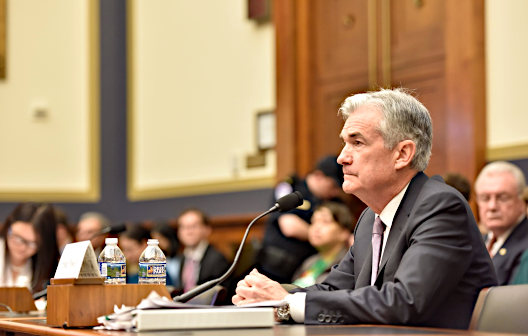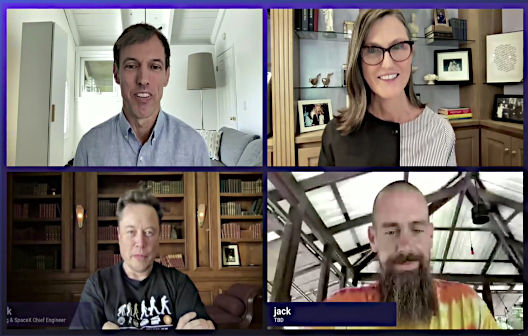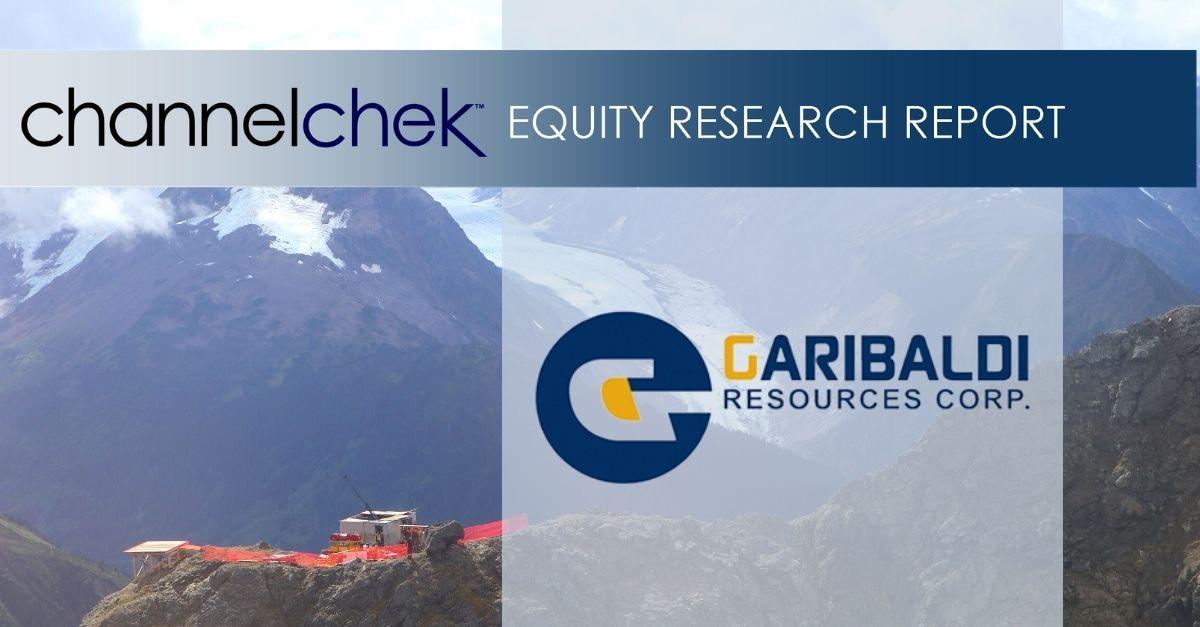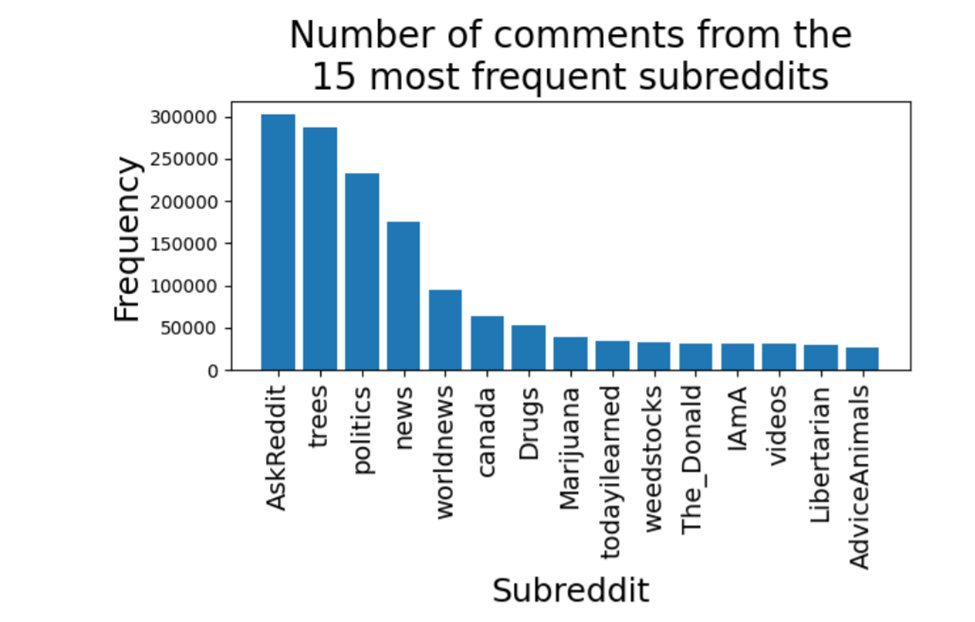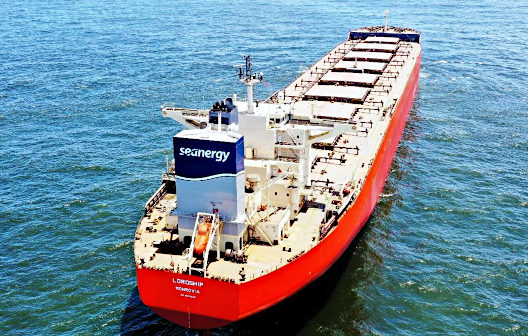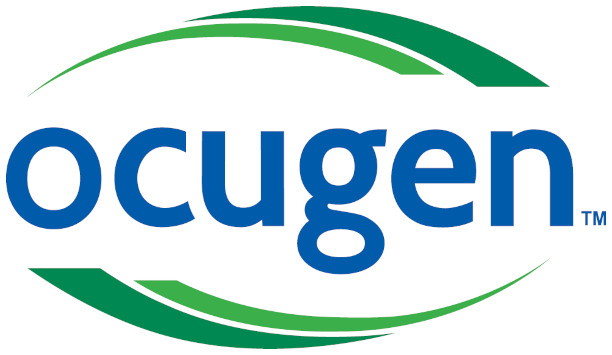
Ocugen Partner, Bharat Biotech, Announces Positive Immunogenicity and Safety Data From COVAXIN™ (BBV152), COVID-19 Candidate Vaccine, in Children 2 – 18 YEARS
Research, News, and Market Data on Ocugen
- COVAXIN™ whole virus inactivated vaccine generated broad antibody response comparable to those seen in a large phase 3 trial in adults 18+
- Adverse events were primarily mild, and no serious adverse events (SAEs) were noted
- Immunobridging trial demonstrated safety, reactogenicity and immunogenicity of COVAXIN™ in children from 2 years old and up
- No cases of myocarditis or blood clots were reported, as expected with inactivated vaccines
MALVERN, Pa., Dec. 30, 2021 (GLOBE NEWSWIRE) — Ocugen, Inc. (Nasdaq: OCGN), a biopharmaceutical company focused on discovering, developing, and commercializing novel therapeutics and vaccines, announced today that its partner, Bharat Biotech, posted results from a Phase 2/3 trial conducted in India of candidate vaccine, COVAXIN™ (BBV152), in children, aged 2 – 18 years, demonstrating a robust neutralizing antibody response and favorable safety profile on the pre-print server, medRXiv. Using a two-dose regimen administered 28-days apart, antibody responses in subjects were comparable to adult data from a previous phase 3 study. Those results demonstrated a greater than 93% reduction in severe disease. These pediatric data were the basis of Ocugen’s pediatric Emergency Use Authorization (EUA) submission in the United States for children 2-18 on November 5, 2021.
“These data represent the first positive vaccine data in children as young as two years of age and come at an important time as COVID-19 infections are seeing a spike across the globe,” said Shankar Musunuri, PhD, MBA, Chairman of the Board, Chief Executive Officer and Co-Founder of Ocugen. “The results suggest that COVAXIN™, which is made on the same platform used in traditional polio pediatric vaccines for decades, when administered in a two-dose series to children between 2-18, may offer an option that is safe while delivering a robust immune response.”
In the study, immunogenicity against key COVID-19 proteins was measured using geometric mean titer (GMT), a test that measures the amount of antibodies in the blood in response to the presence of the virus. GMT was measured across three age groups and demonstrated strong immune response after the second dose. There were no serious adverse events such as myocarditis, pericarditis, or blood clots, reported in any of the three age groups.
This immunobridging trial was intended to determine if COVAXIN™ generates the same protective immunity in children as it does in adults. To be considered equivalent, pediatric participants needed to achieve comparable GMT’s to those generated by adults in a large phase 3 clinical trial. At Day 56, across all ages, the mean SARS-CoV-2 antibody GMT was more than 30% higher in children aged 2-18 than the mean GMT from Phase 3 clinical trial involving 25,800 adult subjects aged 18+. These data demonstrate children 2-18 generate antibody response comparable to adults fully vaccinated with COVAXIN™ (BBV152).
The study also showed increased antibody titers against 3 viral antigens (Spike – S1, Receptor Binding Domain – RBD and Nucleocapsid – NP) providing a broad immune response to COVID-19. In each case a more than 4-fold increase in neutralizing antibody titers versus baseline (titers measured in the same participants before being vaccinated) was seen in all age groups after the second dose.
Participants were not reported to have experienced any severe adverse events. The majority of adverse events noted (49%, n=374) were mild (e.g., injection site pain) and a small proportion (19%, n=6) were moderate (e.g., fever, headache). Mild to moderate adverse events resolved within 24 hours.
The data were also submitted to the Drugs Controller General of India (DCGI) to support a pediatric indication as recommended by an independent committee, known as the Subject Expert Committee (SEC), that advises the Indian regulatory agency. Bharat Biotech intends to submit data from the full Phase 3 trial to a peer-reviewed scientific publication soon.
About the Phase 2/3 Trial in Children (BBIL/BBV152/2021)
The seven-month Phase 2/3 open label, multicenter, study enrolled 525 children ages 2 years to 18 from 6 clinical trial sites across India. Conducted between May and July 2021, it was designed to evaluate the safety, reactogenicity and immunogenicity of COVAXIN™ (BBV152) on a two-dose schedule (28 days apart) in three age groups: ages 12-18, ages 6-12, and ages 2-6. Children with prior infection of SARS-CoV-2 were not excluded from the trial.
About COVAXIN™
COVAXIN™ (BBV152) is an investigational vaccine candidate product in the U.S. It was developed by Bharat Biotech in collaboration with the Indian Council of Medical Research (ICMR) – National Institute of Virology (NIV). COVAXIN™ (BBV152) is a highly purified and inactivated vaccine that is manufactured using a vero cell manufacturing platform.
With more than 125 million doses having been administered to adults outside the U.S., COVAXIN™ (BBV152) is currently authorized under emergency use in 17 countries, and applications for emergency use authorization are pending in more than 60 other countries. The World Health Organization (WHO) recently added COVAXIN™ (BBV152) to its list of vaccines authorized for emergency use. And, as many as 110 countries have agreed to mutual recognition of Covid-19 vaccination certificates with India that includes vaccination using COVAXIN™ (BBV152). The trade name, COVAXIN™, has not been evaluated by the FDA.
About Ocugen, Inc.
Ocugen, Inc. is a biopharmaceutical company focused on discovering, developing, and commercializing gene therapies to cure blindness diseases and developing a vaccine to save lives from COVID-19. Our breakthrough modifier gene therapy platform has the potential to treat multiple retinal diseases with one drug – “one to many” and our novel biologic product candidate aims to offer better therapy to patients with underserved diseases such as wet age-related macular degeneration, diabetic macular edema, and diabetic retinopathy. We are co-developing Bharat Biotech’s COVAXIN™ vaccine candidate for COVID-19 in the U.S. and Canadian markets. For more information, please visit www.ocugen.com.
About Bharat Biotech
Bharat Biotech has established an excellent track record of innovation with more than 145 global patents, a wide product portfolio of more than 16 vaccines, 4 bio-therapeutics, registrations in more than 123 countries, and the World Health Organization (WHO) Pre-qualifications. Located in Genome Valley in Hyderabad, India, a hub for the global biotech industry, Bharat Biotech has built a world-class vaccine & bio-therapeutics, research & product development, Bio-Safety Level 3 manufacturing, and vaccine supply and distribution.
Having delivered more than 4 billion doses of vaccines worldwide, Bharat Biotech continues to lead innovation and has developed vaccines for influenza H1N1, Rotavirus, Japanese Encephalitis, Rabies, Chikungunya, Zika, and the world’s first tetanus-toxoid conjugated vaccine for Typhoid. Bharat’s commitment to global social innovation programs and public-private partnerships resulted in introducing path-breaking WHO pre-qualified vaccines BIOPOLIO®, ROTAVAC®, and Typbar TCV® combatting polio, rotavirus, typhoid infections, respectively. The acquisition of the rabies vaccine facility, Chiron Behring, from GlaxoSmithKline (GSK) has positioned Bharat Biotech as the world’s largest rabies vaccine manufacturer. To learn more about Bharat Biotech, visit www.bharatbiotech.com.
Cautionary Note on Forward-Looking Statements
This press release contains forward-looking statements within the meaning of The Private Securities Litigation Reform Act of 1995, which are subject to risks and uncertainties. We may, in some cases, use terms such as “predicts,” “believes,” “potential,” “proposed,” “continue,” “estimates,” “anticipates,” “expects,” “plans,” “intends,” “may,” “could,” “might,” “will,” “should” or other words that convey uncertainty of future events or outcomes to identify these forward-looking statements. Such forward-looking statements include information about qualitative assessments of available data, potential benefits, expectations for clinical trials, and anticipated timing of clinical trial readouts and regulatory submissions, including statements about data published on the preprint server, medRxiv, by Bharat Biotech, which found that COVAXIN™ generated a potentially robust neutralizing antibody response and favorable safety profile in its Phase 2/3 study in pediatric patients, and the potential for this data to support our application to the U.S. Food and Drug Administration (FDA) for emergency use authorization (EUA) of COVAXIN™ in pediatric patients. This information involves risks and uncertainties that could cause actual results to differ materially from those expressed or implied by such statements. Risks and uncertainties include, among other things, the uncertainties inherent in research and development, including the ability to meet anticipated clinical endpoints, commencement and/or completion dates for clinical trials, regulatory submission dates, regulatory approval dates and/or launch dates; the risk that we may not resolve the current clinical hold on COVAXIN™ in the near term or at all, or that the FDA could make other decisions that adversely impact our ability to advance the development of COVAXIN™ in the United States, and the implications that this clinical hold may have for our request for emergency use authorization for COVAXIN for pediatric use, including the timing and scope of any such authorization; risks associated with preliminary and interim data, including the possibility of unfavorable new clinical trial data and further analyses of existing clinical trial data; the risk that the results of in-vitro studies will not be duplicated in human clinical trials; the risk that clinical trial data are subject to differing interpretations and assessments, including during the peer review/publication process, in the scientific community generally, and by regulatory authorities; whether and when data from Bharat Biotech’s clinical trials will be published in scientific journal publications and, if so, when and with what modifications; whether the data and results from the preclinical and clinical studies of COVAXIN™, which have been conducted by Bharat Biotech in India, will be accepted by the FDA or otherwise sufficient to support our EUA submission; the size, scope, timing and outcome of any additional trials or studies that we may be required to conduct to support an EUA or biologics license application (BLA); any additional chemistry, manufacturing, and controls information that we may be required to submit to the FDA; whether and when a BLA for COVAXIN™ will be submitted to or approved by the FDA; whether developments with respect to the COVID-19 pandemic will affect the regulatory pathway available for vaccines in the United States, Canada or other jurisdictions; market demand for COVAXIN™ in the United States or Canada; decisions by the FDA or Health Canada impacting labeling, manufacturing processes, safety and/or other matters that could affect the availability or commercial potential of COVAXIN™ in the United States or Canada, including development of products or therapies by other companies. These and other risks and uncertainties are more fully described in our periodic filings with the Securities and Exchange Commission (SEC), including the risk factors described in the section entitled “Risk Factors” in the quarterly and annual reports that we file with the SEC. Any forward-looking statements that we make in this press release speak only as of the date of this press release. Except as required by law, we assume no obligation to update forward-looking statements contained in this press release whether as a result of new information, future events or otherwise, after the date of this press release.

Ocugen Contact: Ken Inchausti Head, Investor Relations & Communications ken.inchausti@ocugen.com Please submit investor-related inquiries to: IR@ocugen.com


